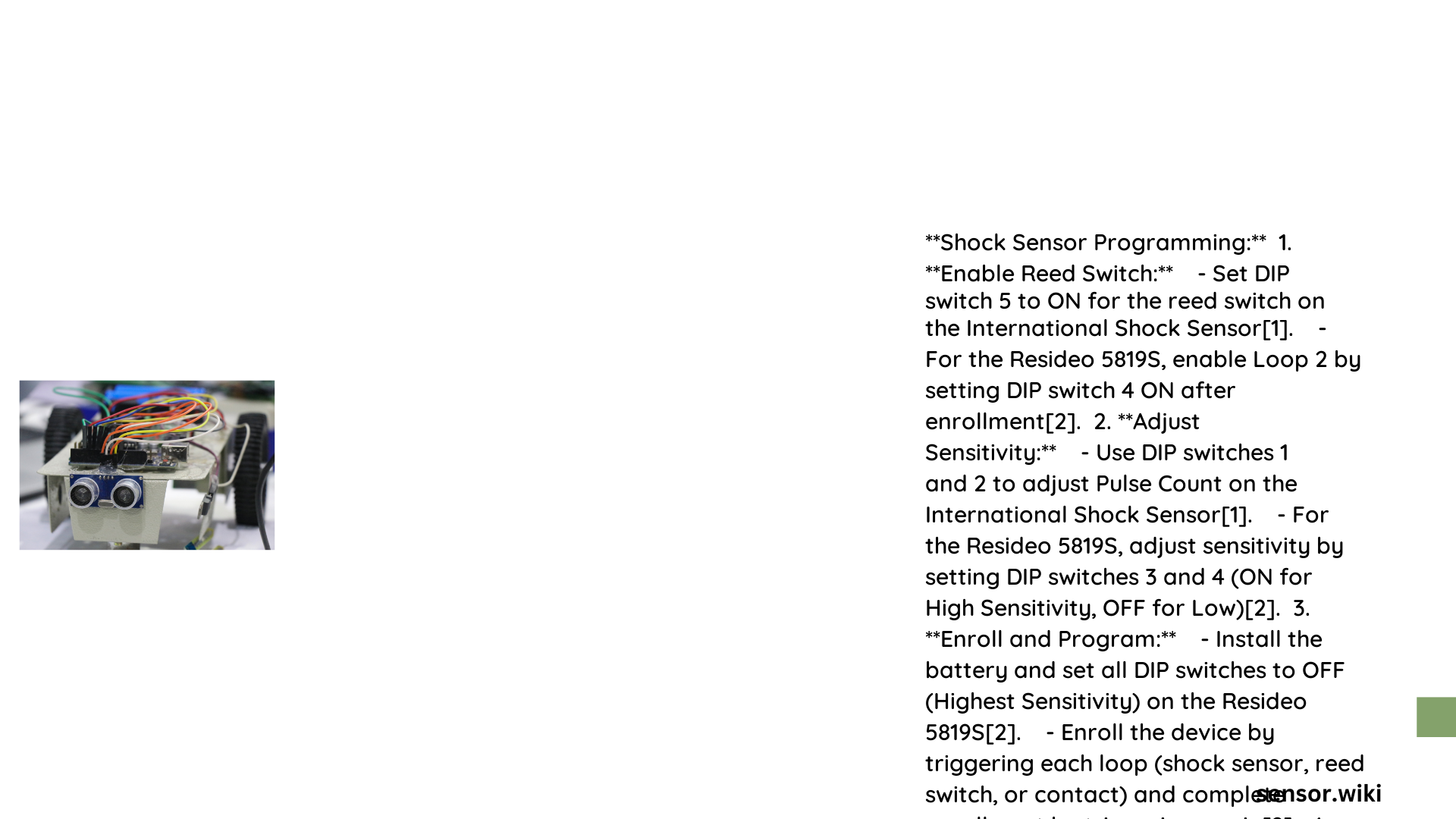Shock sensor programming represents a critical skill in embedded systems and IoT applications, enabling precise detection and measurement of mechanical impacts across diverse environments. Developers must understand intricate programming techniques, sensor interfacing methods, and calibration strategies to effectively implement robust shock detection systems that can reliably distinguish between genuine impacts and background noise.
What Are the Core Principles of Shock Sensor Programming?
Understanding Sensor Fundamentals
Shock sensors operate on fundamental principles of detecting mechanical vibrations or sudden accelerations. These specialized sensors convert physical impacts into electrical signals that microcontrollers can interpret and process.
Key Technical Characteristics
- Sensitivity Range: Typically 0-500G
- Response Time: 10-50 microseconds
- Output Type: Digital/Analog signals
How to Initialize Shock Sensor Connections?
Arduino Connection Example
const int SHOCK_PIN = 3; // Dedicated shock sensor input pin
void setup() {
pinMode(SHOCK_PIN, INPUT_PULLUP); // Configure pin with internal pull-up resistor
Serial.begin(9600); // Initialize serial communication
}
void loop() {
int shockDetected = digitalRead(SHOCK_PIN);
if (shockDetected == LOW) {
// Trigger shock event handling
handleShockEvent();
}
}
void handleShockEvent() {
Serial.println("Shock Detected!");
// Additional event processing logic
}
What Calibration Techniques Enhance Sensor Performance?
Calibration Process Workflow
- Initial Setup
- Connect sensor to microcontroller
- Configure input parameters
-
Establish baseline noise threshold
-
Sensitivity Adjustment
- Use potentiometer for fine-tuning
- Simulate controlled impact scenarios
- Record and analyze response curves
Which Programming Libraries Support Shock Sensor Integration?
| Library | Microcontroller Support | Features |
|---|---|---|
| ArduinoShockLib | Arduino | Basic shock detection |
| ESP_ShockSensor | ESP8266/ESP32 | WiFi event transmission |
| RaspberryPi_Shock | Raspberry Pi | Advanced signal processing |
How to Implement Advanced Shock Detection Algorithms?
Noise Filtering Techniques
- Moving Average Filter
- Kalman Filter
- Butterworth Low-Pass Filter
What Are Common Troubleshooting Strategies?
- Verify physical sensor connections
- Check power supply stability
- Validate signal conditioning circuits
- Implement robust error handling mechanisms
Best Practices for Shock Sensor Programming
- Use interrupt-driven programming
- Implement debounce mechanisms
- Create configurable sensitivity thresholds
- Log and analyze shock event data
- Design modular, reusable code structures
Conclusion

Effective shock sensor programming demands a comprehensive understanding of hardware interfacing, signal processing, and microcontroller integration. By mastering these techniques, developers can create sophisticated impact detection systems across various domains.
